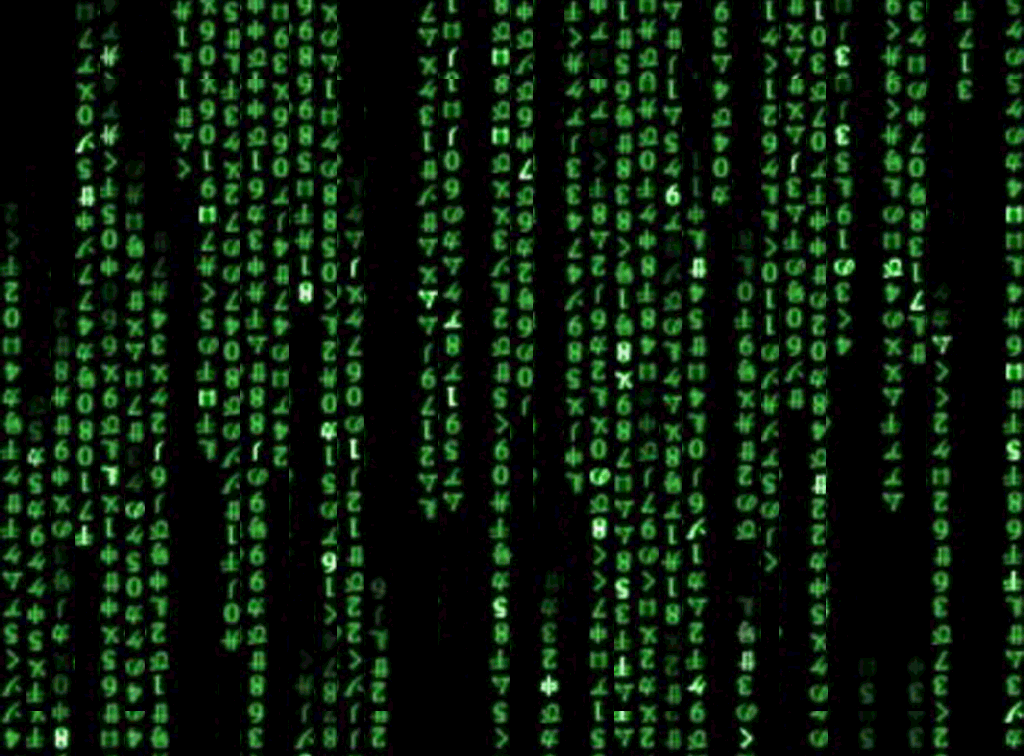

"A vaincre sans peril, on triomphe sans gloire."- Pierre Corneille.
{{ date }}
{{ time }}
Because Time matters
(whereas sense does not)



"A vaincre sans peril, on triomphe sans gloire."- Pierre Corneille.
{{ date }}
{{ time }}
Because Time matters
(whereas sense does not)


Digital scultping, casting and 3D printing
Although the traditional concept of sculpture always remains associated with the use of clay, marble, plaster, and wood, the most recent developments in graphic
three-dimensional, which began first with Autocad, and then transposed to the world of animation with 3D Studio and Maya, have finally landed on artistic sculpture in the strict sense, namely “digital sculptping,” which is proposed as the three-dimensional counterpart of digital painting. Even free software such as Blender, Blender for Artists, Meshmixer, Sculptris, not to mention what in my opinion remains one of the most sophisticated and complex programs ever made to date, namely Maxxon's Zbrush,
make it possible to model 3D meshes (i.e., the digital surfaces that form a three-dimensional work or subject such as the sides of a cube or tetrahedron) with tools similar to those of the classical sculptor, i.e., with a series of digital chisels (chisels) that can perform a wide range of operations such as pulling, expanding, dragging, swelling, and so on; and with that making it possible to shape a volume of “digital clay” to form any one-piece object or volume (in this case , because objects composed of parts remain a prerogative of mechanical design software that is partly different) that you can then
print in any material or metal alloy, albeit with still very high and commercially uncompetitive costs. Thus starting with a simple sculpture such as a ring and then moving on to very complex ones such as making human figures, it is then possible through additive printing (additive manifacturing) mechanisms that make the model through a successive series of steps that deposit the casting material. The materials used range from polymer resins that are cheaper and used for prototyping, to more expensive metal alloys such as bronze and brass or various types of steel, which, however, find a limitation in the size of the object to be made that can almost never exceed 50 centimeters in length, at least through online 3d printing channels, reserving the possibility of making larger artifacts through traditional foundry techniques, namely plaster casts from the three-dimensional file and subsequent casting of the metal and its casting into the mold.

